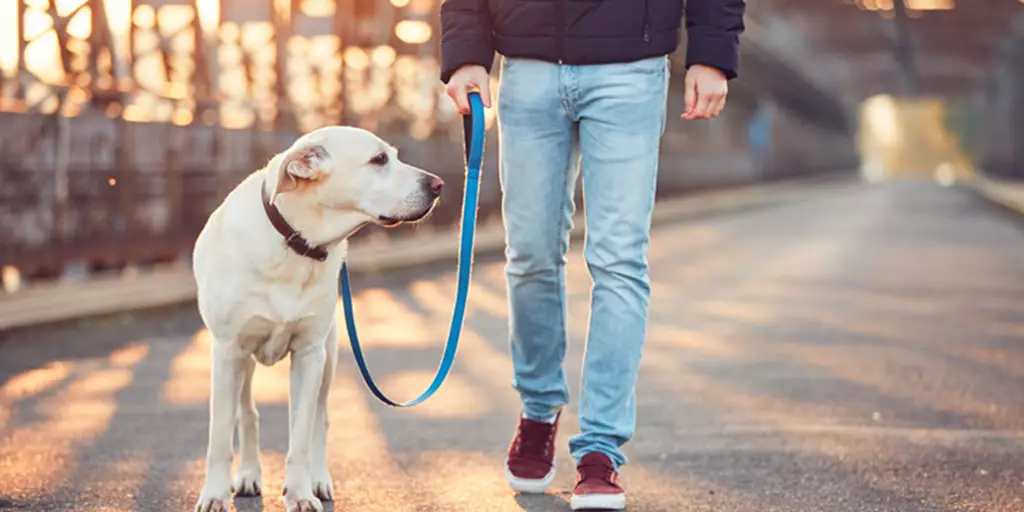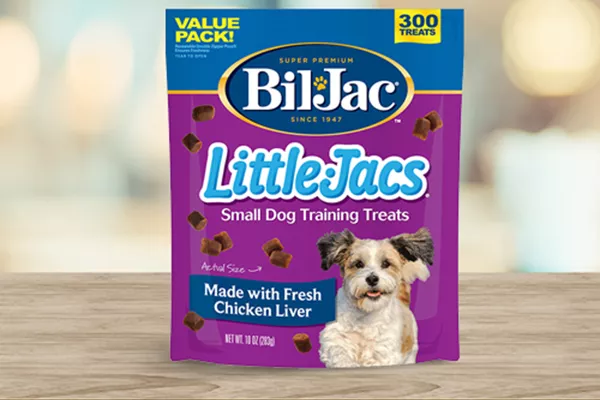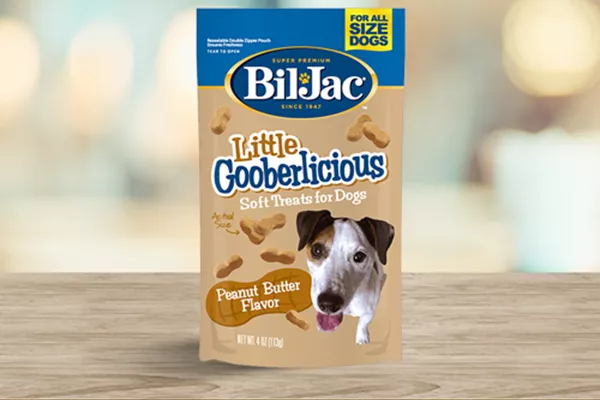Whether you teach your pup a basic dog trick like sit and stay, or conquer a more complicated showstopper like shake hands and play dead, teaching your dog a new trick is a great accomplishment, no matter the level of complexity.
It is not only fun to teach your dog tricks that you can show off at the dog park, but it is also quite practical. One of the more useful skills your furry best friend can learn is to heel. Knowing how to heel can keep your dog from running away and pulling too hard while walking on a leash, as well as avoiding danger and making walks more enjoyable.
Bil-Jac worked with TV Show Host and Professional Animal Trainer, Joel Silverman, to teach pet parents how to train a dog to heel. This helpful skill will have dogs young and old walking properly in no time.
How to Train a Dog to Heel
Joel finds the biggest mistake people make while training their dog to heel is that they start walking with their pup without considering the correct form or behavior. Dogs that are not properly leash trained tend to walk in front of their pet parents, pull on the lead, and jump around at anything that interests them. This behavior can lead to a lot of frustration and even danger if not corrected.
Check out our video with Joel to learn how he trains a dog to heel in order to reduce miscommunication and avoid danger. Then, keep reading for easy to understand steps so you can teach your own dog how to heel properly.
Step One: Understanding
In order for you to train your dog to heel, it all starts with understanding. Your dog needs to learn if you will be signaling them to walk right or left. To help facilitate this understanding, you want to use your body in a series of movements to guide your dog in the right direction.
The Turn
Start walking in circles with your pup. Try left turns first and remember to pull your dog back as you cross in front of them while pronouncing the word “heel” out loud. Each time your dog accomplishes a successful turn to the left, reward them with a Bil-Jac treat. This will help make the training feel like a game for them.
Once you have gone to the left a handful of times, you can begin to practice turning to the right. Make sure to follow the same steps and reward your dog each time they successfully complete a turn.
The Pivot
After your dog seems comfortable with turns and walking to the left and right, you can begin to introduce pivots. Pivot your right foot while guiding your dog with your hand or with a Bil-Jac treat. This pivot motion will expand on your dog’s understanding of turns and help them learn to pay attention to your movements while on a walk.
Step Two: Practice and Repetition
Dogs don’t learn as quickly as humans, so it is important to repeat and reinforce new skills several times to help them learn. Spend a few days practicing the motion from the turn to the pivot, pronouncing the word “heel,” and rewarding your pup with a treat each time. Once your best friend seems comfortable, you can move on to Joel’s next recommend move: figure eights.
Step Three: Figure Eights
Figure eights combine left and right turns as well as pivots to create one fluid movement. This training tool will help your dog get used to naturally moving with you no matter the direction. Another benefit is that this process can help them better understand how to pay attention to your actions and when it is time to heel.
Step Four: Repetition and Reinforcement
A dog’s memory is a fascinating thing. Studies show that your pooch might not easily remember how to heel, but they can remember the positive association between heeling and receiving a treat. So, treats are the key to training your dog to heel.
On average, training a dog to heel should take about 4-7 days. Be patient with your best friend and remember that to help solidify this new skill you will want to reward good behavior as often as possible. Stick to these helpful steps and you and your pup will be walking with ease before you know it!
Going through training sessions with your dog brings the two of you closer together and helps create a nurturing bond. Remember to let your dog know you are very proud of them – they’ll love the fact that you are so pleased when they practice positive behaviors. That enthusiasm will make them want you to teach them more!
Don’t forget to Sign Up for the Best Friends Club to receive exclusive monthly emails filled with special coupon offers, fun training tips, and healthy lifestyle ideas for your four-legged friend!



